What’s the deal?
A recipient of the prestigious Michelin Key, Ace Hotel Kyoto lives in the ShinPuhKan complex, originally built in the mid-1920s as the Kyoto Central Telephone Office. Designed in a partnership between Kengo Kuma and Commune Design, the hotel preserves features of the historic building while offering modern comforts. Inspired by its home city’s deep reverence for nature and craftsmanship, the property is brought to life with regional natural materials, original works by local artists and an abundance of greenery, especially in its beautiful garden courtyard.
No matter the time of day, the lobby feels lively, communal and lived-in. More like a hip café or chic coworking space, it’s a relaxed, inclusive hangout for locals and tourists alike – the high-ceilinged area is always teeming with well-dressed digital nomads hunched over their laptops.
Also in the lobby is Japan’s first outpost of the US chain Stumptown Coffee Roasters, a Japanese-style photobooth, an assortment of Ace Hotel Kyoto-branded merch next to its circular copper front desk and an abundance of art. Most attention-grabbing is the large multicoloured textile piece by Kagoshima-based Shobu Gakuen’s artist community, and there’s even more to admire in the gallery area adjacent to the lobby. At night, tubular copper light fixtures dot the kigumi timber ceiling like constellations filling an endless, starry sky.
It’s a design hotel Kyoto can be proud of: the guestrooms brim with creative touches. Original pieces by folk artist Samiro Yunoki, who created the hotel’s logo and custom font, brighten rooms with bold hues and geometric shapes, while Isamu Noguchi’s iconic Akari lamps, handcrafted with washi paper and bamboo ribbing, add timeless appeal.
Warm and inviting, guestrooms are an amalgamation of textures – wood plank floors in the entry area, tatami-lined bedside tables, striped wool blankets (part of a collaboration with Pendleton from the Pacific Northwest), plus contrasting warm ash wood panels and cool slate tiles found in the bathroom.
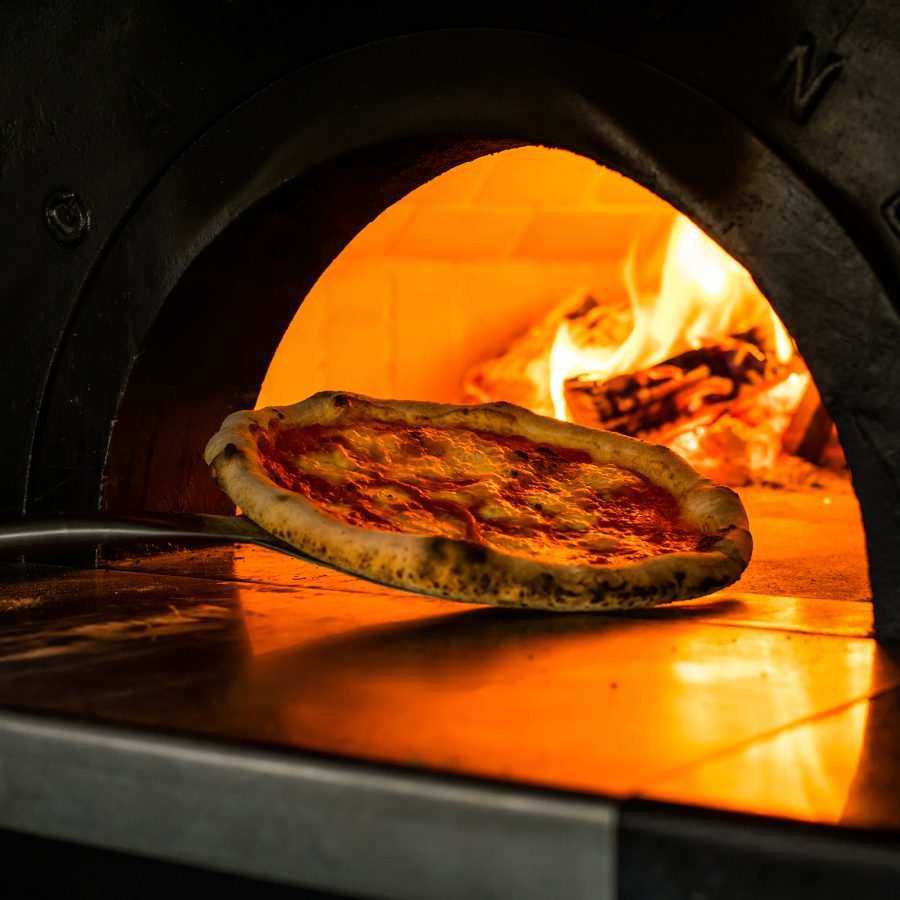
Credit: Ace Hotel Kyoto
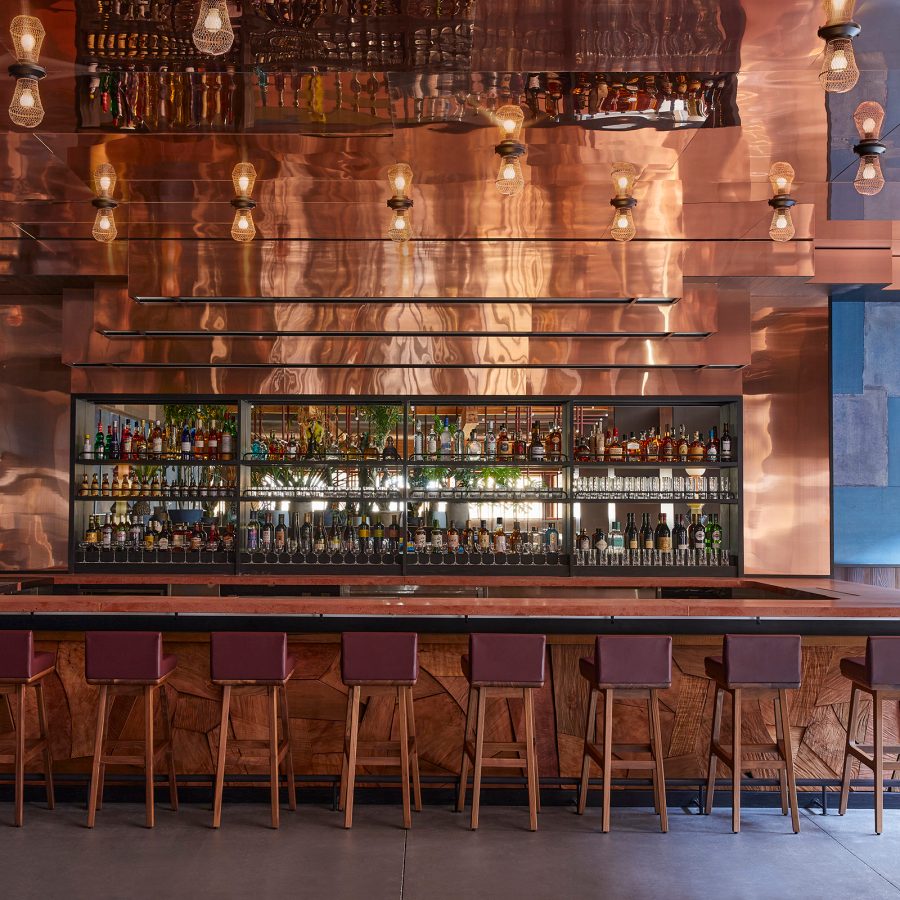
Credit: Ace Hotel Kyoto
Why stay?
The restaurants at Ace Hotel Kyoto are destinations in their own right. If Italian food wasn’t on your list of Japan must-eats, well, it should be. Helmed by James Beard Award-winning Italian American chef Marc Vetri, Mr. Maurice’s Italian serves artisanal pasta and wood-fired pizzas in a cosy environment with oak panelling, a black-and-white penny tile floor and indigo-dyed, graphic-patterned partitions.
I had some of my favourite bites in Kyoto here: the fusilli with Japanese mustard spinach and Italian sausage, as well as pizza topped with Hokkaido mozzarella and seasonal Kyoto vegetables exemplified the hotel’s fusion philosophy. Other dining options include Piopiko, which serves Cal-Mex tacos and cocktails under the direction of Michelin Guide-listed chef Wes Avila; and Kosa, which presents a farm-to-table menu with an interior inspired by traditional Japanese tea houses.
Its convenient location makes it one of the best hotels in Kyoto. After a long day exploring the city’s famed shrines, temples and sloping cobblestone streets, Nakagyo Ward is a refreshing return to a modern metropolis. Exit through Karasuma Oike Station and you’ll find yourself right back at Ace Hotel Kyoto – but not before passing through the fashionable ShinPuhKan shopping plaza. Stacked with cafés and popular lifestyle stores, such as Beams Japan, Maison Kitsuné and Le Labo, it’s every bit as tasteful and curated as the hotel. Other neighbourhood gems include Nishiki Market, the Museum of Kyoto, Kyoto Art Centre and Kamesuehiro, a 200-year-old confectioner.
Cathay editors say…
“There’s no shortage of thoughtful details that make your stay feel one-of-a-kind. Music lovers will relish the in-room Gibson guitar or TEAC turntable that comes with a selection of records. Fitness enthusiasts will enjoy the 24-hour gym and riding around the neighbourhood on one of the hotel’s free Tokyo Bikes. Furry friends are welcome in guest rooms. The property also boasts a host of eco-friendly features, including biodegradable bamboo toiletries, complimentary water in paper-based recyclable packaging, and a housekeeping policy where linens are exchanged once every three days.”
More inspiration
Osaka travel information
- China – the Chinese Mainland, Hong Kong SAR, Macao SAR and Taiwan Region
- Hong Kong SAR - English
- Chinese Mainland (China) - English
- Taiwan, China - English
- 香港特別行政區 - 繁體中文
- 中国內地 - 简体中文
- 中國台灣 - 繁體中文
- Africa
- South Africa - English
- Asia
- Bangladesh - English
- Korea - English
- Singapore - English
- Cambodia - English
- 한국 - 한국어
- Sri Lanka - English
- India - English
- Malaysia - English
- Thailand - English
- Indonesia - English
- Maldives - English
- ประเทศไทย - ภาษาไทย
- Indonesia - Bahasa Indonesia
- Myanmar - English
- Vietnam - English
- Japan - English
- Nepal - English
- Việt Nam - tiếng Việt
- 日本 - 日本語
- Philippines - English
- Australasia
- Australia - English
- New Zealand - English
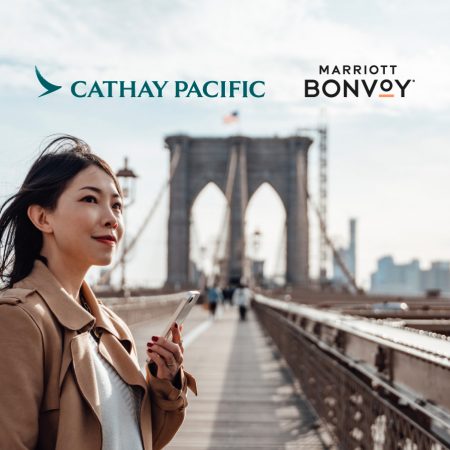


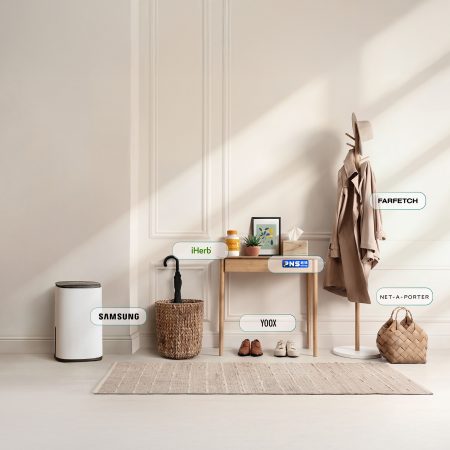
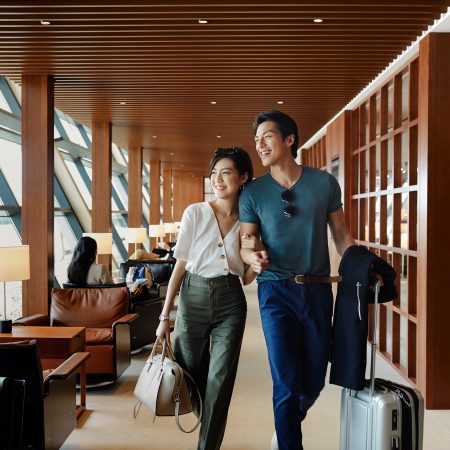
.renditionimage.450.450.jpg)

